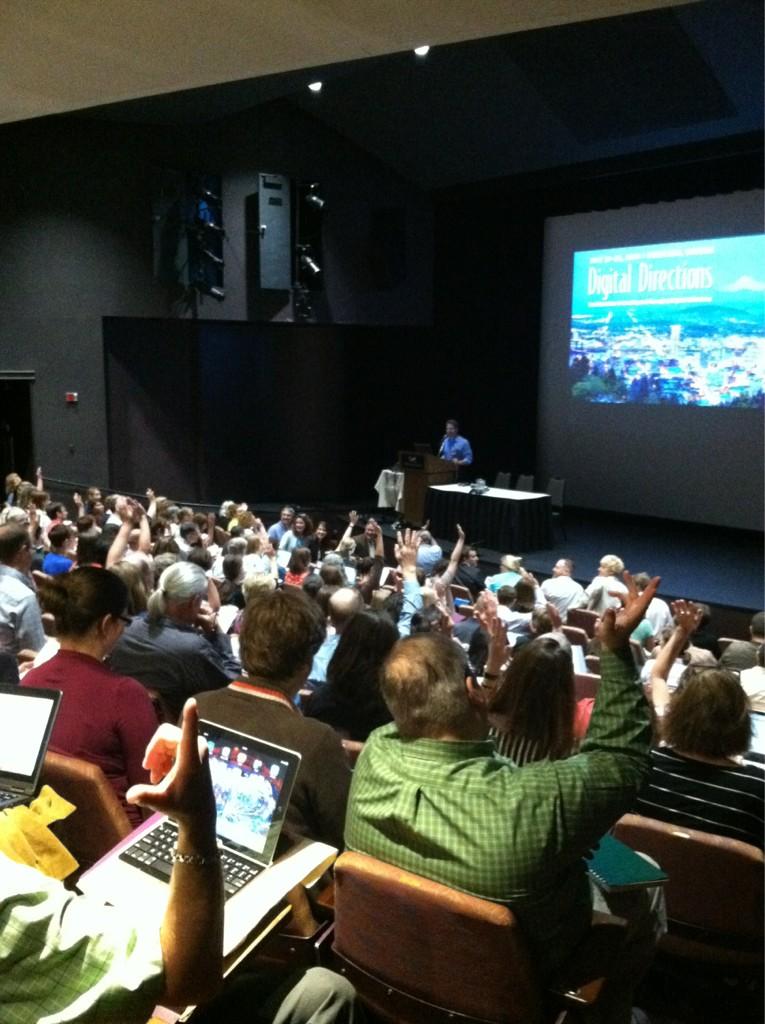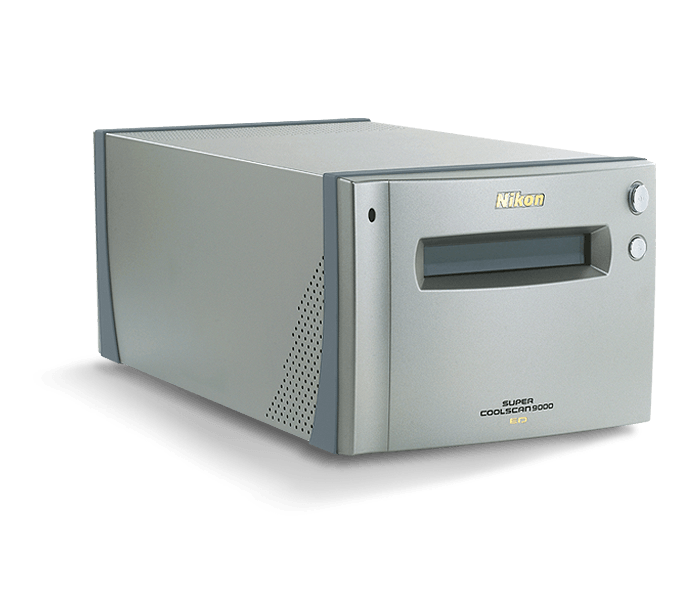The terms DPI and PPI are both shorthand units for measuring an image's resolution. DPI stands for "dots per inch" and PPI, "pixels per inch." This means that DPI is technically a term for a printed object's resolution while PPI describes an image displayed on a screen, but in common use they are essentially interchangeable.
The system that these measurements describe is called Raster, and it's by far the most common in a modern digital setting. A raster image is essentially a mosaic, collecting dots of color called pixels in a tiny square grid to produce an overall image. The more pixels per inch, the more detailed the image. Simple enough, right? For an easy example, here is the same image at three different standard resolutions: 600dpi, 300dpi, and 72dpi (click to see at full size)
You can always lower the resolution of an image, but it's impossible to raise it, except in a simple multiplying sense. This is why all digital images look blurry if you zoom in far enough. You're making the pixels bigger, but you aren't adding any new information to them.
Another factor you will want to consider is your display resolution. Modern high-definition TVs will often give you this basic measurement, and while computers have a greater variety of resolutions they will generally fall under a few typical values. 480p means a screen is 480 pixels wide, and is considered "standard" definition. 720p is, of course, 720 pixels wide, and marks the beginning of "HD" standards. 1080p is probably the most commonly used HD resolution, and the cutting-edge "4K" resolution is a convenient shorthand for screens 3,840 pixels wide. The screen resolution will determine how "large any given image looks at full-resolution on the screen. If you try to stretch a 480p wide image across 1080 pixels, it will look bad.
While the ideas surrounding pixel resolution, display resolution, and print resolution are quite complicated, they can still be understood easily with a few guidelines. For most purposes you can create images using 3 different resolutions:
600ppi is what we at the Dartmouth Digital Library Program use as the standard for high quality "master" images. Although many scanners can go higher, the size of the file becomes very unwieldy at that point. My advice is to always start at at least 600. Better to have a high-quality image and not need it than to need it and not have it.
300ppi is a common resolution for a high-quality print. Unlike looking at a screen where the resolution can be shrunk or blown up, a printer is rigidly limited in the amount of detail it can put into any given area. While a particularly good printer may get higher resolutions, most will clock in around 300dpi. This lower resolution also makes transferring files for print easier. And of course, it's always useful to keep your higher-res files around in case you need to go back to them.
72ppi has become the most common display resolution on the internet. There are a few things to consider before simply converting your image into 72ppi. Look at your display, and understand what its resolution is. Then consider how "big" you want your image to look on the display. So, if you have a 1080p monitor and want an image that fills the whole screen, you'll want to change your ppi to 72, AND change your image width to 1080p at the same time, with the proportions locked.
 |
| Here we can see Photoshop's image size menu (Image -> Image Size), where the pixel width and resolution are changed while the proportions remain constrained. |
This is often a confusing concept to grasp. The simplest way I can think of is: if you reduce a 300ppi image to 150ppi, but also double its size, it will essentially be the same image when you see it on your computer. But if you try to print that, it will be half as detailed by virtue of being twice as big.
Fortunately, you don't need to fully understand all of this in order to create and work with high-quality images. As long as you make sure your highest-quality 600ppi master versions are safely backed up, you can play around with these variables in Photoshop or any other imaging program until you meet your own needs. Understanding how screen resolution, print resolution, and image resolution work together is an ongoing process that changes with technology as well as peoples' needs. It's important to be consistent, especially so for an institution like ours, but it's equally important to know how to adapt to your own needs.
Written by Ryland Ianelli

















































